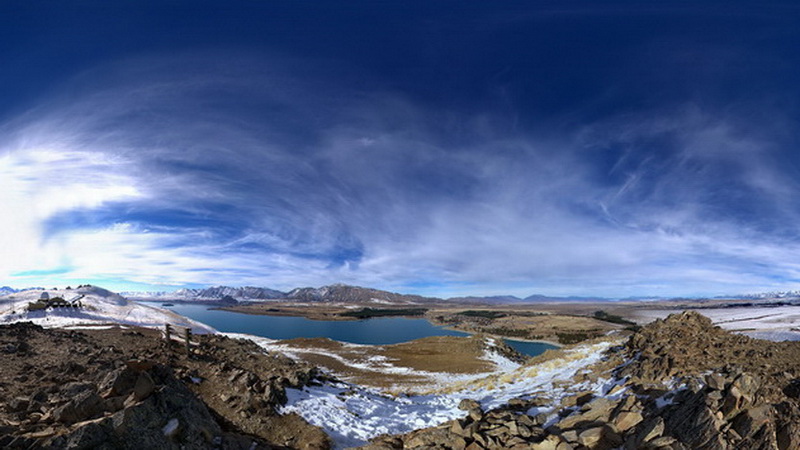 Here are some important rules of composition for any person with an interest in photography. Simple and easy-to-follow principles to ensure you take great photos.
Here are some important rules of composition for any person with an interest in photography. Simple and easy-to-follow principles to ensure you take great photos.
Taking photos can be such an enjoyable experience. The purpose of this article is to provide assistance to the everyday photographer on how to compose fantastic images.
Photographic Skill Development
The reason why a photo is truly appealing at times may not be very obvious. To find out what makes a great photo, start looking at photos. It is then very important to carefully consider each photo. Then teach yourself to identify the different rules of composition within the photo. A great photo may be composed of one or more of the principles of composition described within this article.
Some Principles of Photographic Composition
- Simplicity is the key; therefore photograph only what you want. Use the KISS formula, which means “Keep It Simple Stupid”. When you get close, get closer.
- Look for lines that are diagonal, vertical and horizontal. Horizontal lines should never be through the middle. A horizontal line through the middle line like a sunset on an ocean can appear to cut the photo in half.
- Look for symmetrical features as symmetry provides a sense of balance.
- Use the rule of thirds to place the major object of interest within the photo. Imagine the photo broken into nine areas by three evenly spaced horizontal and vertical lines. Place any object or point of interest on one of the four the third positions which provides the best balance.
- Take careful note of colour tone. Don’t allow out of place colour or tone which does not suit the composition.
- Consider the depth of field. This means how much of the depth within the photo needs to be in focus e.g. scenic photos have a large depth of field.
- Consider framing and trimming. Use a tree to frame a picture on a scenic shot by adding in some branches on the photos edge. Trim a photo where necessary. This provides a perception of depth and simplicity.
- Judge the movement if needed. For example allow a photo of car some distance to travel along a road. Don’t let the car appear to drive off the photo’s edge.
- Vary the height where the photo is taken. Worms’- and birds’-eye views always add an interesting perspective.
- Take note of a change of direction e.g. rivers. The human eye will follow a line which adds interest to the photo. Water needs to be kept at its natural level.
- Look for geometric shapes to add balance. This means the outline of objects which form triangles, circles and squares. For example take note of geometric shapes in nature and also with people standing in groups.
- Look for reflections. These can be quite impressive e.g. in lakes and windows.
- Look for textures which can form interesting patterns e.g. wood.
- When photographing people a great guideline is to be able to easily recognize the people. This is an important principle of newspapers and magazine photography.
Take plenty of time and enjoy the photographic experience. Be prepared to make mistakes and remember most photos taken won’t be usable. Don’t be put off by this as this is particularly normal. It will be the odd photo which is a really stunning that provides real pleasure and motivation.
Build up a portfolio to provide opportunities for reflection on your work. This is an important aspect of learning and cannot be understated. When you feel confident and only if you wish join a photographic club. Clubs are great learning environments.













 Speed Networking
Speed Networking 


















Leave A Comment
You must be logged in to post a comment.